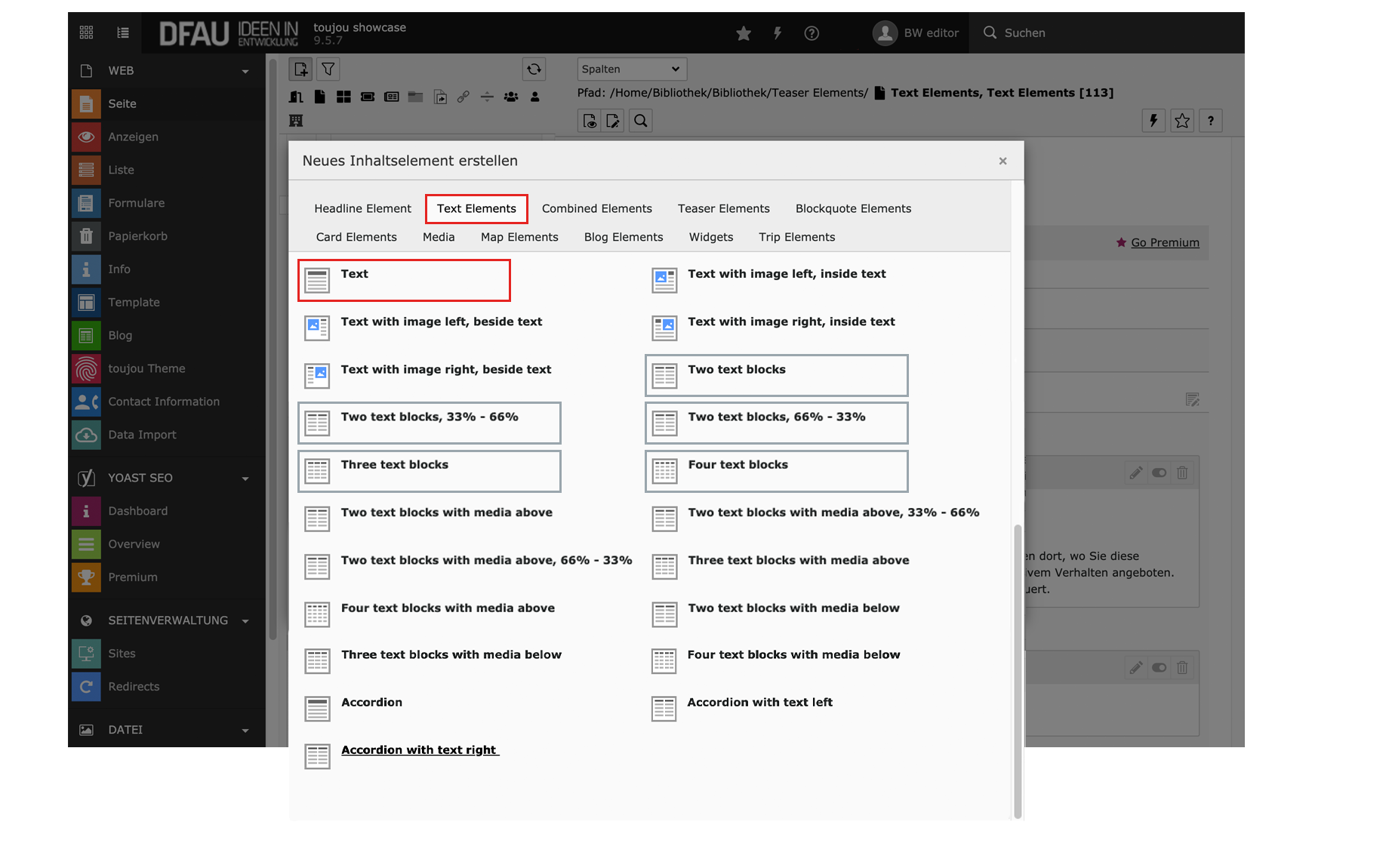

Besides this information, drug labels consist of dosage instructions and auxiliary labels. The information on drug labels consists of the name of the patient, the name of the pharmacy, the name of the drug as well as the strength and the amount of the active substance in the drug.

Therefore, DLIs should serve as an independent, comprehensible information source supporting patients’ correct drug use which in turn facilitates their drug therapy.

As drug labels are physically attached to each unit dispensed to patients, it is likely to be the last information source patients read before taking their drugs. In this context, comprehensible drug label instructions (DLIs) may contribute to drug adherence. Therefore, patients would benefit from drug instructions that are easily read, understood, and remembered during their drug therapy. However, approximately 40 to 80 per cent of the information during patient-physician encounters is forgotten or remembered inaccurately and information in patient leaflets is often considered as too complex. Understanding and remembering treatment regimens are prerequisites for drug adherence. Patients receive information about their drug therapy from different sources, including information from the prescriber, information in the patient leaflet, and instructions on drug labels. Patients’ adherence to drug instructions influences the effectiveness of their therapy. Instructions on how to use drugs are an essential part of patients’ drug management.


 0 kommentar(er)
0 kommentar(er)
